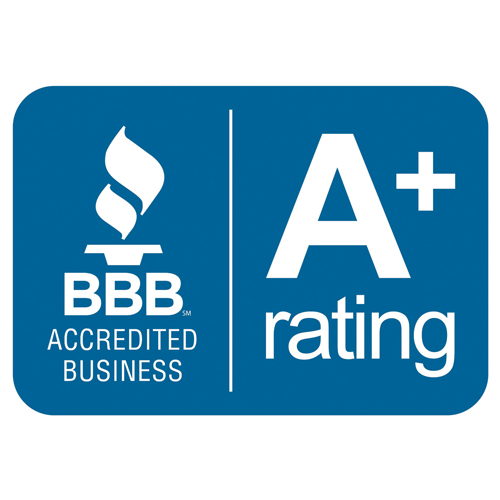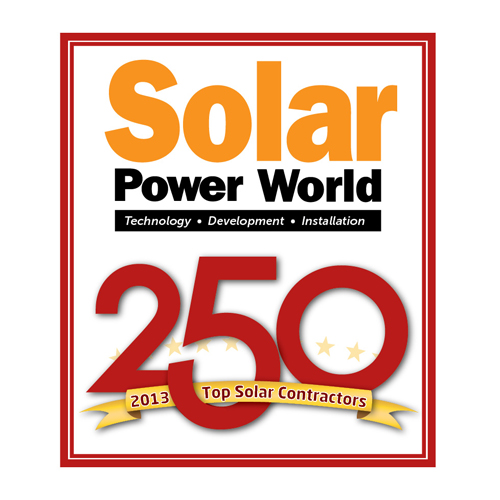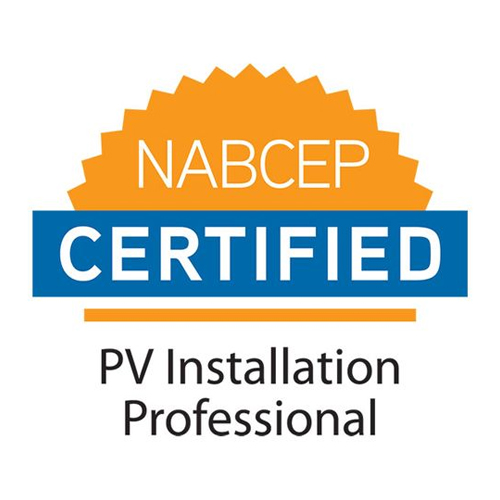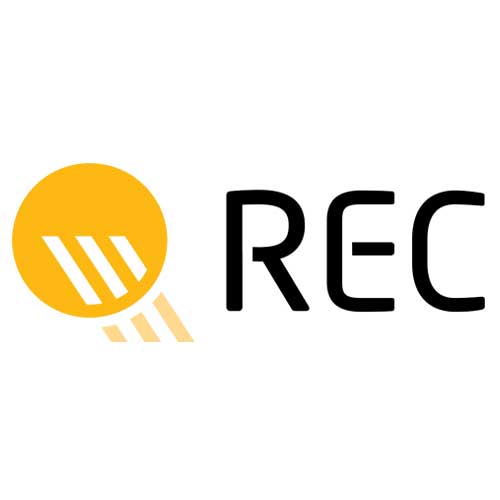How Many Solar Panels Would It Take To Power An Air Conditioner?
The concept of powering an air conditioner with solar energy is becoming increasingly popular as more and more people are looking for ways to reduce their electricity bills and make use of renewable sources of energy. Solar panels convert sunlight into electricity, which can then be used to power appliances in a home or business. But how many solar panels would it take to power an air conditioner?
The answer depends on a few factors, such as the size and type of air conditioner you have, the amount of sun exposure the solar panel receives each day and other aspects such as weather conditions and insulation levels in your home. Generally speaking, however, you can expect to need anywhere from 2-6 solar panels to power an air conditioner.
How Many Solar Panels Does It Take To Run An Air Conditioner?
Knowing how much power is necessary for your AC unit, you must also identify where you will be installing your solar panels and how much sunlight they will receive each day. On average, one square foot of solar paneling produces 10 watts of electricity when exposed directly to 7 hours of full daylight exposure as found in states such as California or Arizona year round. Therefore, if we take our 32 kWh daily requirement from our previous example and multiply it by 10 watts per square foot we get 320 square feet needed for our assumed 4 kW central air conditioning system running 8 hours a day in a sunny region such as California or Arizona . Assuming each standard-sized commercial grade panel delivers up to 150 watts per hour under direct sunlight conditions; this means that we would require 2160 Watts / 150 Watts = 14 commercial grade panels installed on our roof in order to produce sufficient energy output with which we could easily cool our building all summer long without having any extra charges on our utility bill!
How To Calculate How Many Solar Panels It Take To Run An Air Conditioner
Summer is quickly approaching, and that means hot temperatures and no air conditioning. If you’re like most people, you’re probably looking for ways to save money on your air conditioning bill. Fortunately, solar panels can play a big role in powering your air conditioner. Below, we’ll outline the steps that you need to take in order to calculate how many solar panels it would take to power an air conditioner.
First, you need to figure out how much power an air conditioner uses. Air conditioners use a lot of power – typically around 350 watts – so it’s important to choose the right size solar panel for the task at hand. To figure out which solar panel is right for you, first measure the length, width, and height of the air conditioning unit. Next, find a solar panel that matches these dimensions and purchase it online or from a local retailer.
Once you have your solar panel set up, it’s time to install it on your roof or in another sunny location where it can gain access to sunlight. It’s also important to note that there are some drawbacks associated with using solar panels to power an air conditioner: first of all, they can be expensive upfront; secondly they may not produce as much energy as traditional sources of electricity like coal or oil; and lastly they may require regular maintenance (such as cleaning) if they’re going to last long term. However, overall using solar panels to power your AC unit is a great way to save money and help preserve our environment at the same time!
How Many BTUs Does An Air Conditioner Have?
The amount of BTUs an air conditioner needs is determined by the size and layout of the room it’s cooling. BTU stands for British Thermal Unit, which refers to the amount of energy it takes to heat or cool one pound of water by one degree Fahrenheit. The larger and more complex a space is, the more BTUs an air conditioner requires in order to maintain a comfortable temperature level.
Every air conditioner has a minimum BTU rating that is calculated based on the size and layout of a room. To determine what size air conditioner you need, you must measure the room’s cubic feet, as well as its length, width, and height. Once you have these measurements you can use them to calculate how many BTUs your desired air conditioner should have.
Generally speaking, most window units come with 4,000-5,000 BTUs per hour, while central AC systems range from 12,000 all the way up to 60,000BTU/hr for very large rooms. If your room falls somewhere in between these two extremes then you should look for an air conditioner with a BTU rating that fits your space.
This Is How Much Energy It Takes To Run An Air Conditioner With Solar Panels
Before we can answer this question, it’s important to understand how an air conditioner works. An air conditioner works by transferring heat from inside of a room or building to the outside. This is done by using energy from electricity in order to power a compressor and fans that push hot air out and bring cool air in. The amount of energy required depends on the size of the unit and how efficient it is. Generally speaking, larger units require more energy than smaller ones, but models that are Energy Star rated tend to use less electricity overall.
When it comes to powering an air conditioner with solar panels, the amount of energy needed depends on the size and efficiency of both the AC unit itself, as well as the size of the array of solar panels used for powering it. Generally speaking, one kilowatt (kW) of solar panel capacity will provide enough electricity for 1 ton (12000 BTU) of cooling capacity – equivalent to what most medium-sized residential air conditioning units require – while larger systems may need up to 2 kW or even higher.
How Much Power Does An Air Conditioner Use?
Power efficiency has become an increasingly important consideration in the modern world, and nowhere is this more true than when it comes to air conditioning. Air conditioners are one of the most energy-hungry appliances found in our homes, and understanding their power requirements can help us make more informed decisions when purchasing a new system. In this article we will explore how much power an air conditioner uses, as well as look at some of the ways we can reduce our cooling costs.
Air conditioners are powered by electric motors, which draw electricity from the grid to cool your home. The amount of power consumed depends on several factors including size of the unit and its efficiency rating. On average, an air conditioner uses between 2,000 to 3,500 watts of electricity when running at full capacity. This number can be higher or lower depending on the size of the system and its efficiency rating—the higher the rating, the less power it requires to operate. In addition, larger units tend to use more energy because they must work harder to cool a larger space.
How Many Solar Panels Need To Power An AC Unit
Summer is finally here, and that means it’s time to crank up the air conditioner! However, before you do, you’ll want to know how many solar panels it will take to power the AC unit.
Assuming that you’re looking to power an AC unit with solar energy, it will require about 1,500 watts of power. That’s equivalent to six 250 watt solar panels. So if you’re looking to go green and save some money at the same time, installing solar panels on your roof is a great way to do it!
Solar panels typically last for about 20 years and cost around $250 per panel. So even if you have to replace them every few years (which is very rare), the total cost of installing solar panels on your roof will be less than $10,000 over the course of 20 years. Not bad at all!
In addition, air conditioners typically run about $300 – $400 each. So even if your air conditioner only needs half as much power as your AC unit does, buying an air conditioner that uses renewable energy like solar would still be cheaper in the long run. It’s definitely worth considering if you’re in the market for a new AC unit this summer!
How To Calculate The Number Of Solar Panels Needed To Run An Air Conditioner
Before getting started, it is important to understand the basics of solar power. Solar energy is generated by harnessing the sun’s rays, converting them into usable electricity. Solar energy is easy to access and can be used for various purposes, including powering electric appliances such as air conditioners. The amount of energy required for different appliances depend on their size and usage, so it is important to assess each appliance’s specific needs when deciding how many solar panels are necessary.
To accurately calculate the number of solar panels needed to run an air conditioner, begin by looking up its energy consumption rating. This rating typically appears on a label located at the back or bottom side of the appliance itself, or in its owner’s manual. Once you have this information, divide it by 250 watts (the typical output rating of a single solar panel). The result will provide you with a good estimate for the number of solar panels you need. However, keep in mind that this number may vary depending on other factors such as your location and available sunlight hours throughout the year.
In addition to knowing how many panels are necessary, it is also important to consider what type of installation you would like and which components will best suit your needs. A rooftop assembly is one option; however this requires a bit more work during installation since it must be securely attached using brackets or rails onto your roof structure before being wired into your existing electrical system. Ground-mounted systems are another option; usually requiring posts sunk into concrete or spikes driven into ground soil before connecting wiring directly from the array into your circuit breaker panel (or house mains).
How Many Solar Panels Are Needed To Provide Enough Electrical Energy To Run An Air Conditioner
When it comes to air conditioning, a typical residential unit usually requires about 2 kilowatts (kW) per hour at peak times, although this number can vary depending on the size and efficiency of the unit. To generate this much electricity from solar panels alone, homeowners would need between 6 and 8 standard-sized photovoltaic (PV) modules. Each PV module typically produces about 260 watts at full capacity, so six or eight modules would need to be installed in order to meet the 2 kW/hour requirement of an air conditioner.
In addition to being able to produce the necessary power output, homeowners must also consider the space required for installation when calculating how many solar panels they need. Depending on their roof’s size and orientation, a typical home’s solar panel array may take up anywhere from 200-400 square feet of space. This means that even if only six or eight PV modules are needed for an air conditioning system, it may take up more space than some homeowners have available on their roofs.
The amount of sunlight a rooftop receives during the day is also an important factor in determining how many solar panels someone needs in order to provide enough electrical energy for an air conditioner. Solar systems work best when they receive direct sunlight all or most days throughout the year, so those living in climates with long winters or cloudy days may need more modules than those located in sunny places like Arizona or Florida.
Solar Panel Output And Air Conditioner Efficiency
Summertime is the perfect time to invest in solar panels. Not only does it get really hot outside, but air conditioners use a lot of energy to keep us cool. In fact, most air conditioners need about 3,000 watts to operate – which means that you’ll need at least that many solar panels to power them!
While it might seem like 20 solar panels would be enough to power an air conditioner, that’s not always the case. Solar panels are not 100% efficient, so you would actually need more like 15 solar panels to power an air conditioner on average. Of course, the number of solar panels you need also depends on the efficiency of your air conditioner. An efficient air conditioner will require fewer panels than a less efficient one, so it’s important to do your research before making a purchase.
Don’t forget about all of the other benefits that going solar can provide for your home – from lowering your energy bill to reducing carbon emissions! So if you’re thinking about investing in some new solar panels this summer, think about doing it sooner rather than later!
How Often Does Your Air Conditioner Need Refill And How Much Does It Cost?
When it comes to renewable energy, solar panels are a top contender. Not only do they generate electricity, but they can also be used to power many other things, like air conditioners. Air conditioners are an important part of any home, and it’s important to keep them in good working order. However, keeping an air conditioner running can be expensive. That’s where solar panels come in – they can help offset the cost of refilling an air conditioner on a regular basis.
To understand just how much solar panels it would take to power an air conditioner, you first need to understand just how much electricity an airconditioner uses. On average, an AC unit uses about 120 watts of power. So, if you wanted to power your AC unit with solar panels and have them work continuously (which isn’t typically the case), you would need around 20 square feet of solar panel coverage – which is about the size of a standard window! Even with this relatively small amount of coverage, though, your AC unit would still require frequent refills from the grid thanks to the high consumption rates of air conditioning units.
Even with all these caveats (and the fact that not every home has access to solar panels), there’s no doubt that using solar panels for energy generation is a worthy endeavor. By offsetting some or all of the costs associated with running an AC unit, you’re helping reduce your environmental impact while also saving money on your monthly electric bill!
Solar Panel Warranty And Maintenance
Solar panel warranties typically cover the materials and workmanship used in producing and installing the panels, as well as their electrical components. Depending on where you live, solar panel warranties can be offered for up to 25 years. Some manufacturers even offer longer warranties for their products. As part of a warranty, some manufacturers may provide free repairs or replacements if something goes wrong with your system within the specified period. However, this is not always the case and some companies might just offer a refund or credit towards a new system instead.
Most solar systems require minimal maintenance aside from occasional cleaning of dirt or debris that accumulates on the panels over time (unless smog or other pollutants are present). If your system has tracking capabilities, such as those found on many commercial systems, they should also be checked regularly to make sure they are properly aligned with the sun’s path throughout the day. Additionally, if you have batteries installed with your system they will need to be replaced periodically depending upon their type and size as well as how frequently they are used.
How To Check The Health Of Your Solar Panels
Checking the health of your solar panels is an important part of making sure you get the most out of the energy they produce. Most solar panels are designed to last for decades, and with some basic maintenance, you can ensure that they remain in good condition and produce maximum power over their lifetime. In this article, we will discuss how to check the health of your solar panels, what warning signs to look for, and how to take action if something goes wrong.
It’s important to periodically inspect your solar panels for any visible signs of aging or damage. Look for cracks, discoloration, or any other abnormalities in each panel’s frame or surface area. Additionally, if you notice any bird droppings or other debris on the panels, this should be removed as soon as possible. This debris can block sunlight from reaching the cells and reduce their efficiency.
Final Thoughts
Finally, there are other factors that can affect how many solar panels you need to power an air conditioner system such as local building codes and regulations and any applicable financial incentives offered by governments or companies in your area such as net metering rules which allow homeowners to sell excess electricity produced by their own systems back into the electrical grid in exchange for credits toward future purchases on their electric bill.
In conclusion, figuring out how many solar panels are needed to power an AC unit is not always an easy task but is doable if you know beforehand what type and size AC unit you have along with the local climate conditions and regulations governing home renewable energy production where you live. Depending on these factors, it could take anywhere from 8-20 solar panels – each rated at 100 watts minimum – in order to generate enough energy for an average sized central air conditioning unit which typically requires between 2-5 kW worth of electricity when running properly.









